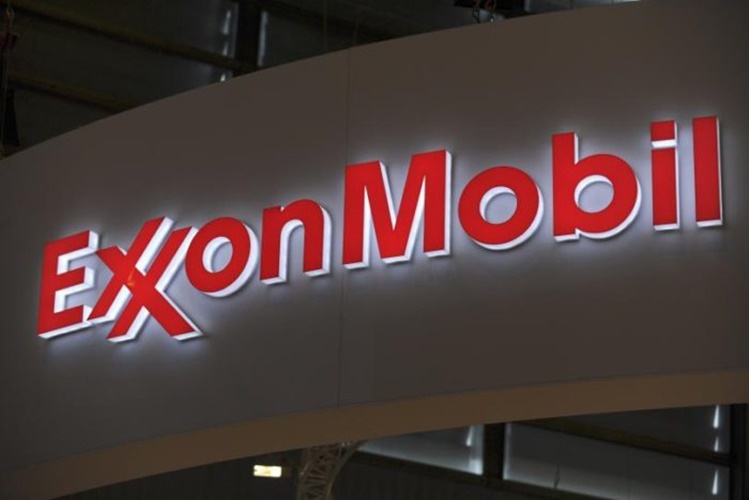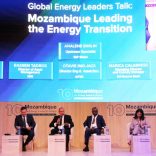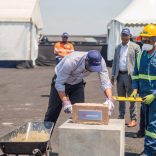Cooking gas production in Mozambique begins in 2026
Exxon ignores near-term glut to play liquefied gas long game

When it comes to natural gas, Exxon Mobil believes in playing the long game.
As competitors continue to flood the world market with a liquefied form of the fuel, depressing prices, Exxon is scanning a quarter-century beyond the current glut. Their view: LNG demand will rise 1.6 percent a year through 2040, more than double the rate for crude oil.
With much of that growth set to come from the Asia-Pacific region, the world’s biggest energy producer is working to bookend the area with resources, pursuing promising but as-yet untapped natural gas fields in Papua New Guinea and Mozambique.
“Exxon has a different strategy in that it’s not looking to grow its gas business right now but is looking at what will happen in LNG 10 or 15 years from now,” said Brian Hennessey, who manages $1.3 billion at Alpine Woods Capital Investors. “The market’s going to get tight starting in 2020.”
The influx of LNG from gigantic projects first conceived a decade ago has swamped markets with supply, dropping the average worldwide price by 37 percent last year to $9.77 per million British thermal units, according to the International Gas Union.
But the glut may be short-lived as low prices spur new buyers to enter the market and the advent of low-cost import facilities enables poorer nations to receive cargo.
Exxon spokesman Scott Silvestri referred to vice president Jeff Woodbury’s remarks on long-term gas demand during a July conference call.
“[As with] any type of commodity,” Mr. Woodbury said, “there are going to be periods of oversupply and periods of shortness, and we do expect that into the early part of the next decade that there will be some oversupply. But we keep focused on the long-term value proposition.”
Forecasters at the U.S. Energy Information Administration are even more bullish. They predict demand will rise an average 1.9 percent annually through 2040.
In July, Exxon agreed to pay between $2.3 billion and $3.6 billion for InterOil Corp.‘s Papua New Guinea finds, and is in talks to buy stakes in the fields in Mozambique.
The InterOil transaction will be Exxon’s biggest acquisition since a 2009-2013 spree in which the company acquired multiple North American gas drillers, including the $35 billion buyout of XTO Energy Inc. That foray has yet to pay off.
In the six years since the XTO transaction closed, U.S. gas prices have fallen 40 percent.
Although Exxon chairman and CEO Rex Tillerson sold the XTO deal as a way to bring shale-drilling expertise into Exxon, the transaction loaded the company with massive amounts of gas production when prices were in retreat. Every year since, the company has cut U.S. gas production, reducing output by 20 percent in the past half decade.












Leave a Reply
Be the First to Comment!
You must be logged in to post a comment.
You must be logged in to post a comment.